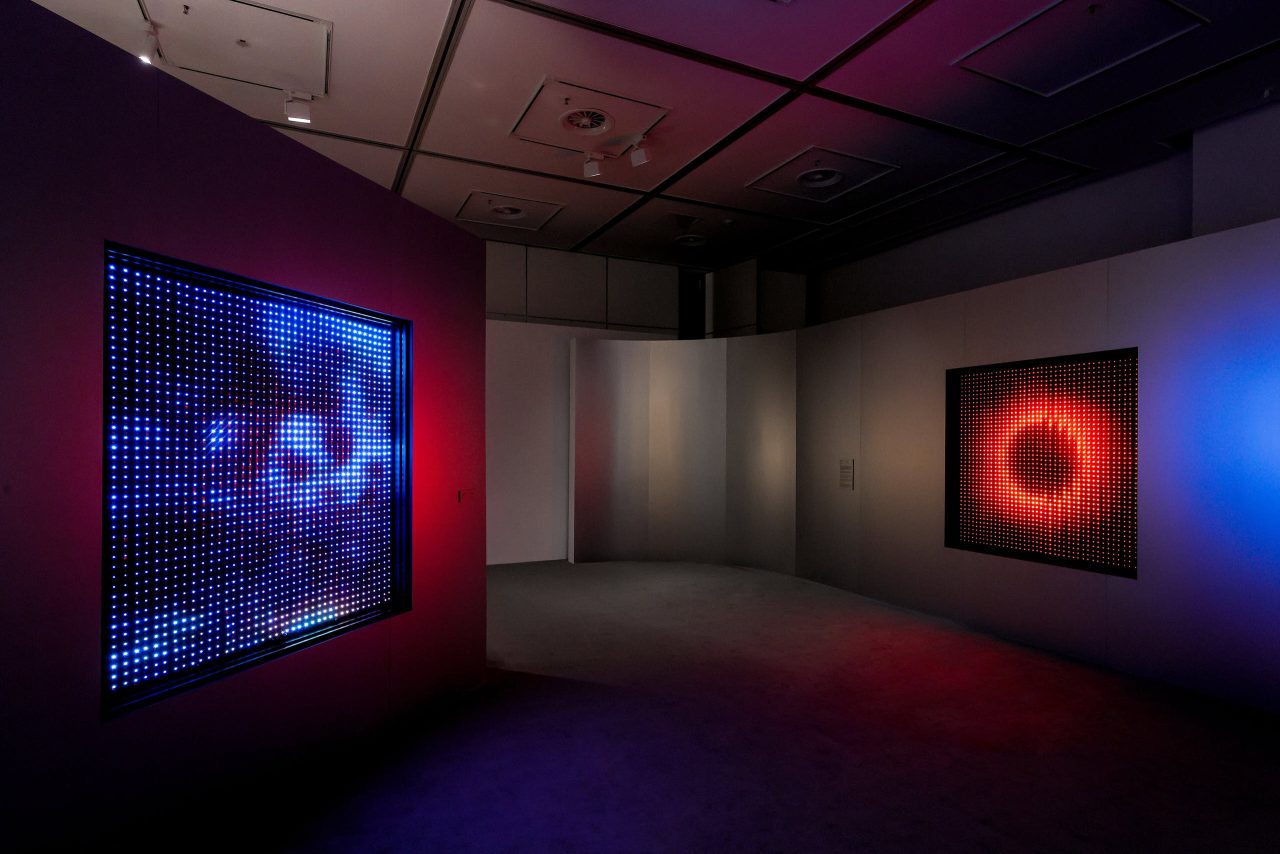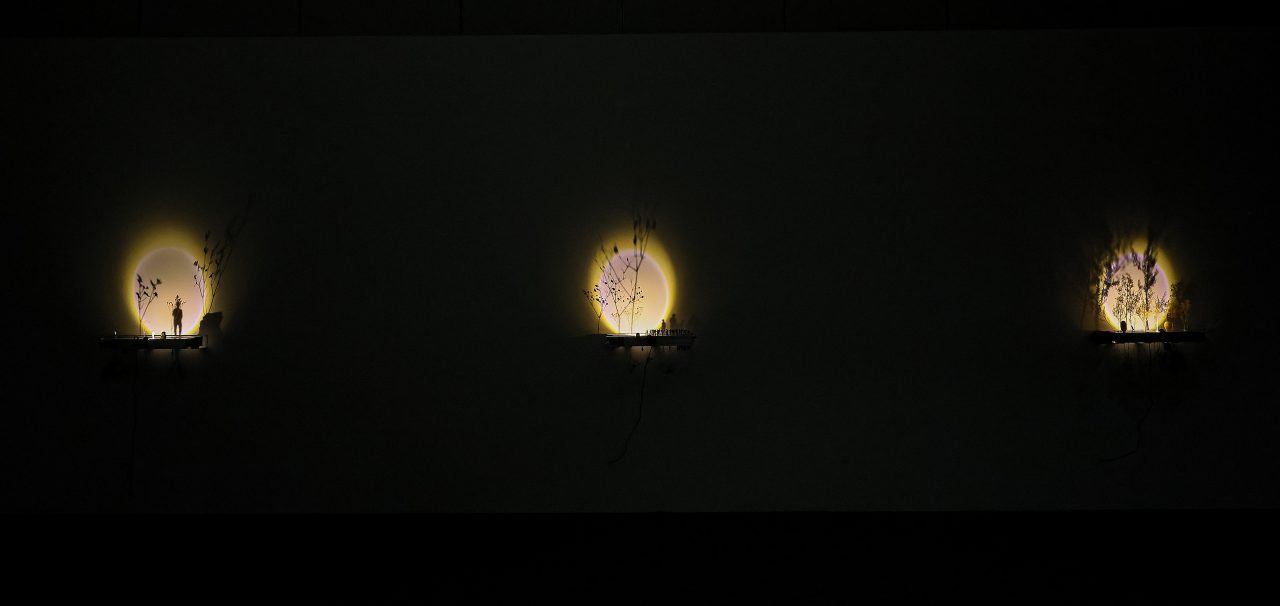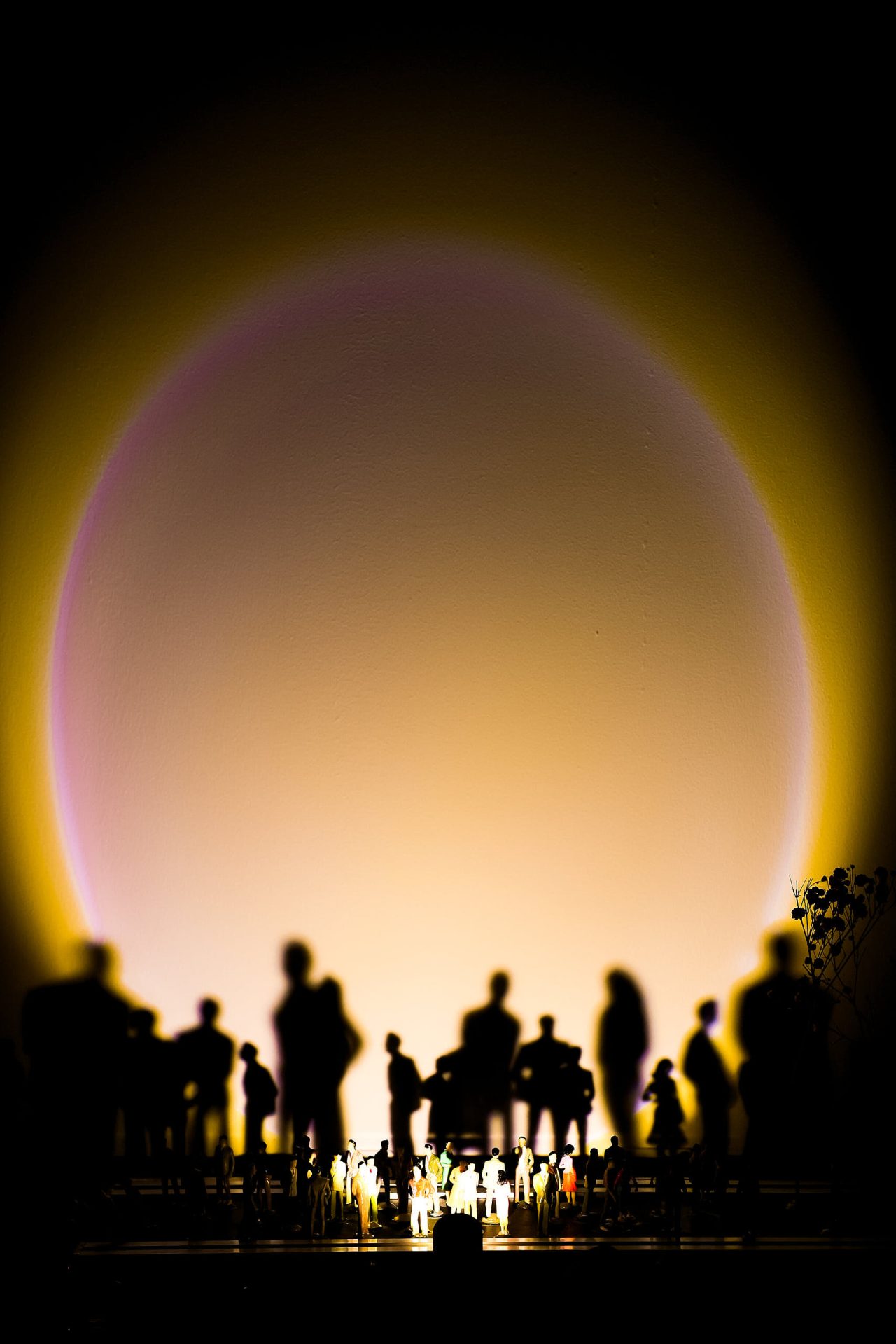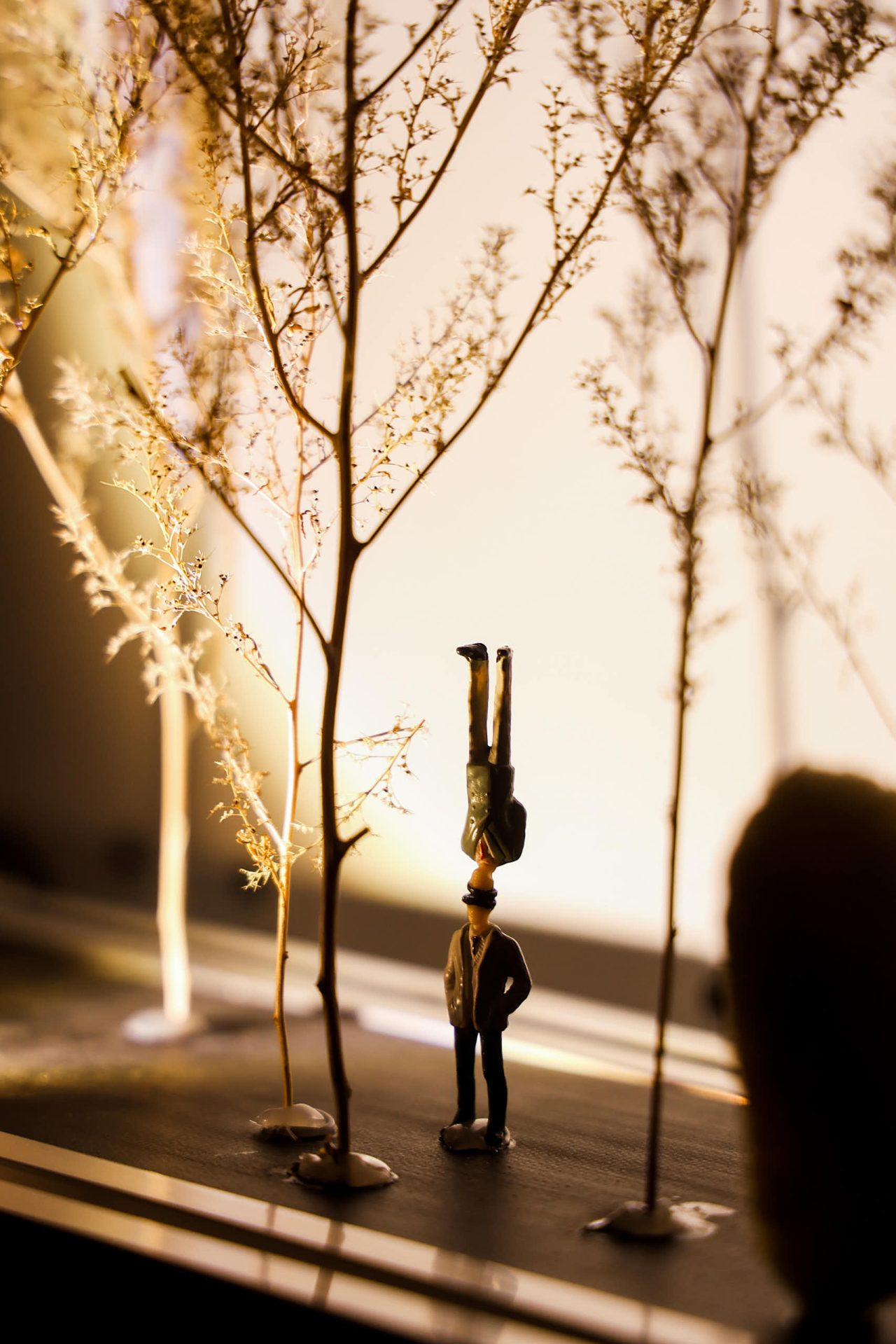
Gabriel Lester is participating in the group exhibition Cosmic Alignment, part of 2025 Jincheng’s Contemporary Visions of Historic Architecture, currently on view at the Urban Experience Center in Shanxi, China. Organized by Jincheng Hewei Urban Experience Center Co., Ltd. and curated by UCCA Lab, a platform under UCCA Center for Contemporary Art, the exhibition marks a key opening program of the Urban Experience Center. Taking art as a medium, it explores new modes of dialogue between historical architecture and contemporary creativity, showcasing diverse artistic practices and global perspectives. The exhibition runs from September 30 to December 31, 2025.
Gabriel Lester is a Dutch artist working across film, installation, sound, performance, and sculpture. Strongly influenced by cinema and mime, his work centers on examining the essence of media, reconstructing narrative and spatial-temporal relations to challenge how reality is perceived. Known for crafting dramatic visual illusions, Lester’s works rarely deliver just a single message; instead, they propose philosophical ways of connecting to the world and spark collective imagination. In this exhibition, he presents two series centered on “light” as a primary medium, continuing his long-standing exploration of narrative, movement, and perception. These works distill moving images into their most elemental units of motion and storytelling, setting up a tension between concept and symbol, and inviting viewers to reconsider how media shapes our understanding of time, nature, and the cosmos.
Anticipation on Country Road, Small People-Big Shadows, Enchanted Forest, this series places miniature trees and human figures on an industrial conveyor belt, creating landscapes that appear in perpetual motion. Through this mechanical yet poetic circulation, Lester reflects on the repetitiveness and cyclical nature of life, while also suggesting the continual emergence of new perspectives that imbuethe cycle an optimistic philosophical resonance.
Lucky Day and Good Night extending his concept of the “zero cinematic” experience, Lester employs low-resolution LED screens to reduce moving images to pixels, disrupting—or even dissolving—viewers’ attempts to derive symbolic meaning, such as celestial imagery, from what they see. Building from his early work How to Act (1999), which evoked cinematic presence through nothing more than a spotlight, empty stage, and sound, these works further distill the essence of the image. Through minimal operations of the medium, they probe the boundary between what is visible and what is readable.
Image and text courtesy of the artist, UCCA Lab and Vanguard Gallery







